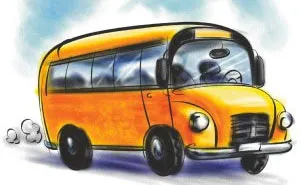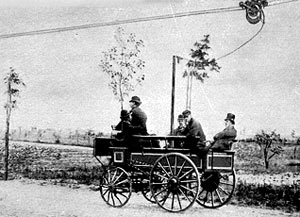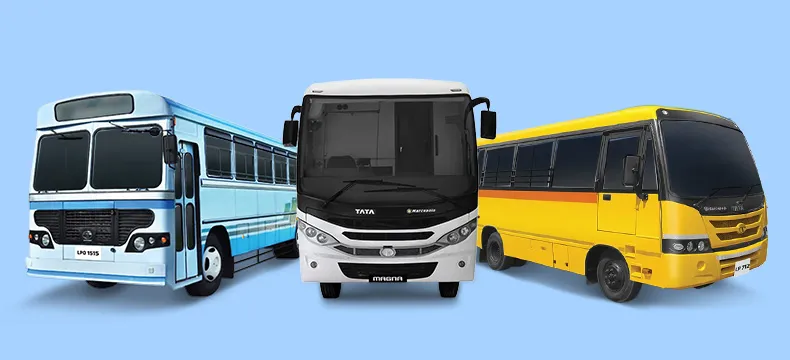17 Sep 2025

The Journey Of The Buses : From Steam To Motor Engine
- Tata Motors
- 25 Jun 2016
- COMMERCIAL VEHICLE
When the heart calls for a journey, we simply pack our bags and head to the nearest bus stop. For that is where, the real journey begins. Traveling through buses has been a childhood dream of many. The robust look of the vehicle, its peculiar horn and its swift gliding movement makes one desire to travel in them. Archaically called by the names autobus and ominibus, buses have a life of their own and have evolved over the years. Though their appearance has changed, they still exist to fulfill the same purpose for which they were invented; to transport multiple passengers to any desired location via road.
In general, buses can accommodate more than 300 passengers at one time. However for ease in transportation and convenience only a small group of individuals are allowed to take the bus at a time. As the frequency of public transport buses has increased with time, people today do not mind missing an overcrowded bus, in the hope of getting a window seat in the next bus. The common type of bus that is widely used around the world for public transport is the single-decker rigid bus. While the double-decker bus and articulated buses are used for transporting larger loads, the minibuses and midibuses are used for transporting smaller loads. The coaches are reserved for leisure traveling especially for traveling to distant locations.
 Elektromote
Elektromote
The initial buses that were invented in the 1820s were drawn by horses. The horses were then replaced by steam engines in the early 1830s to increase the speed. It is only in the year 1882 that the first electric trolleybus ‘Elektromote’ was invented. It was invented by Dr. Ernst Werner von Siemens. These buses used electricity from overhead wires for operation. Later in the year 1895, the motor buses that we currently use were introduced. Research is in progress to develop a hybrid variety of electric bus.
- Tags
Related Articles
18 Jun 2016

Research, To Start Your Business
A bus trip to some far away land with family and friends, is on the ch
Read MoreLatest Blogs


10 Sep 2025
What Exactly Is Torque in A Truck Engine?

10 Sep 2025


















